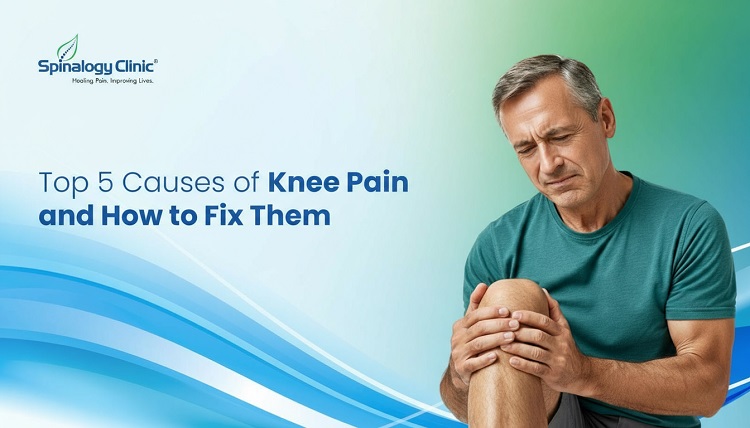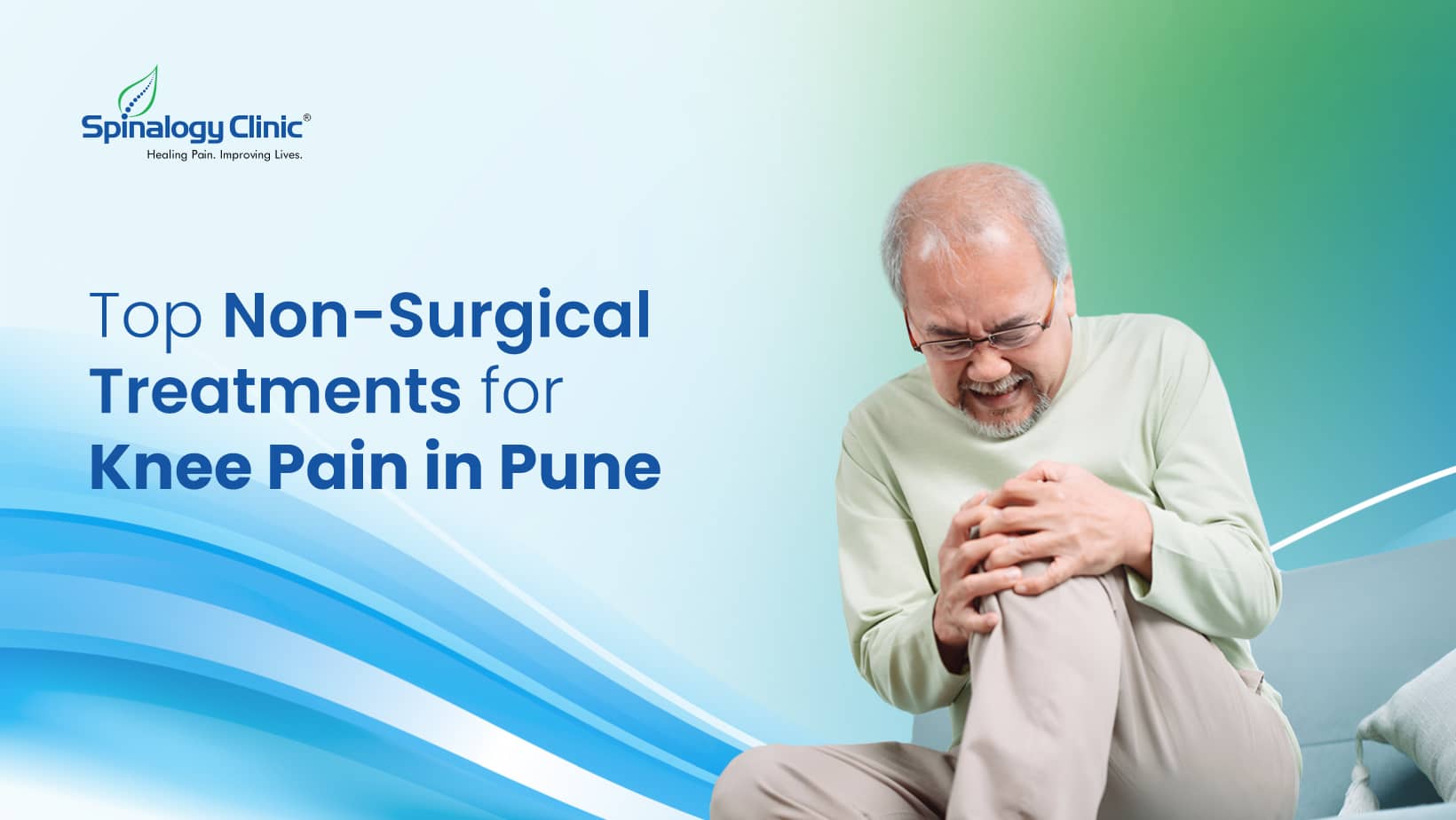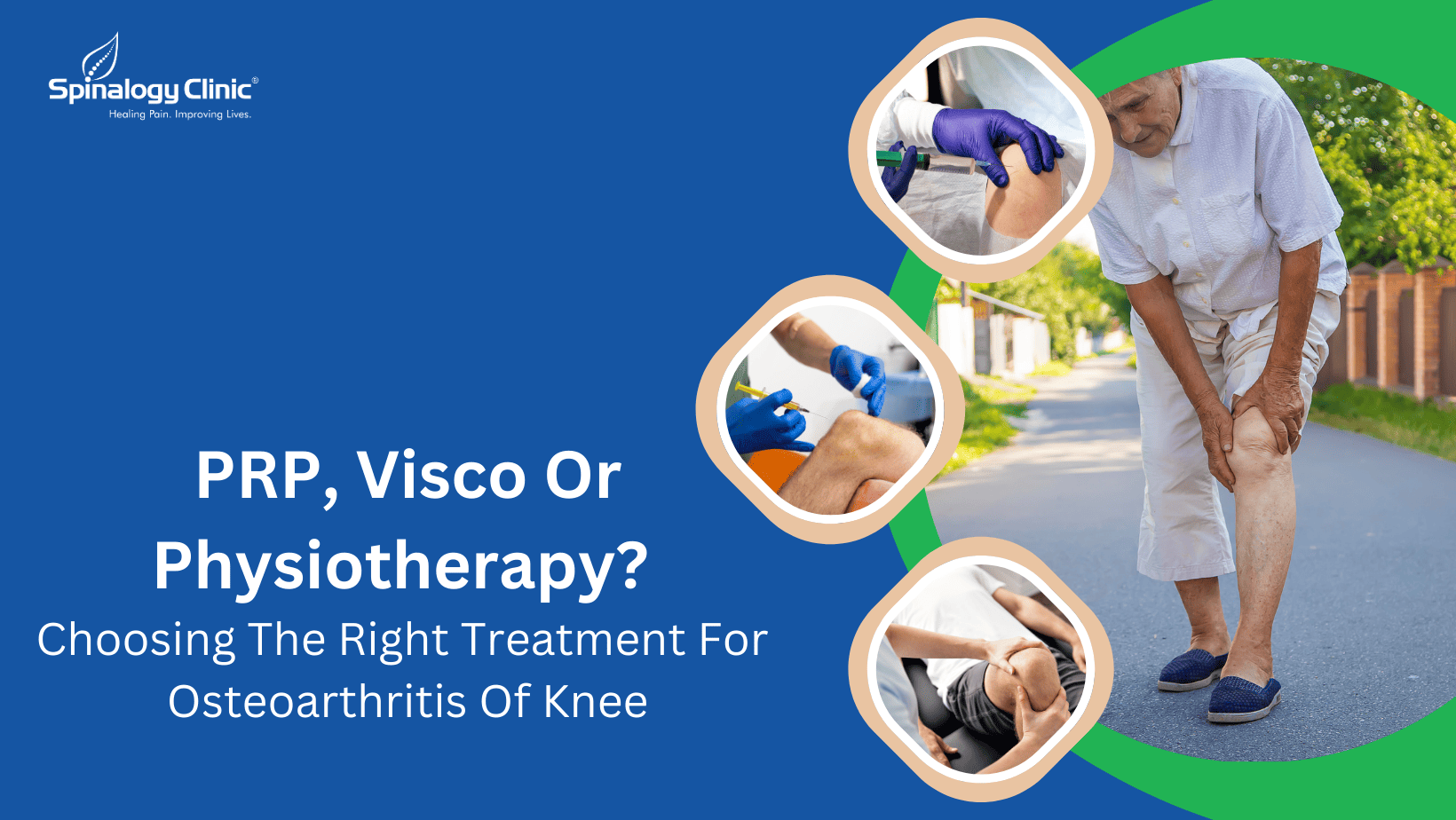What You Should Know About Osteoarthritis?
Millions of people worldwide suffer from osteoarthritis, the most common form of arthritis.
What is Osteoarthritis?
Most people suffer from osteoarthritis, also known as degenerative joint disease. Age related degenerative wear & tear of the joint cartilage results in osteoarthritis(OA). When the joint is injured or inflamed, tendons and ligaments deteriorate, cartilage breaks down, resulting in pain, swelling, and deformity.
Osteoarthritis has two main types:
1. Primary
Most commonly, this disease affects fingers, thumbs, spine, hips, knees, and big toes.
2. Secondary
This condition is caused by a variety of causes, including repetitive or sports-related injuries, inflammatory arthritis, including rheumatoid arthritis, psoriasis, and gout, infectious arthritis, genetic joint and connective tissue conditions like Ehlers-Danlos Syndrome, other congenital joint disorders.
What is Cartilage?
Joint cartilage is a tough, rubbery, flexible structure that covers the ends of bones. A cartilage is normally made up of protein and water, and when compressed, it changes shape, reducing friction and shock between joints.
The high-water content of this material contributes to its shock-absorbing characteristics. Even if the cartilage is damaged, it can be repaired, but new cartilage cannot grow after an injury. The cartilage has no blood vessels, meaning it is avascular. This is why healing takes a long time.
Chondrocytes are important components of cartilage, which are composed of water, collagen and proteoglycans.
Who is affected by Osteoarthritis?
In India, Osteoarthritis is the second most common rheumatologic problem and it is the most frequent joint disease with a prevalence of 22% to 39%. Osteoarthritis is more common in women than men, but the prevalence increases with age. Nearly, 45% of women over the age of 65 years have symptoms while radiological evidence is found in 70% of those over 65 years..
Risk factors of Osteoarthritis
Obesity is a risk factor for osteoarthritis, especially knee osteoarthritis. Obesity has been found to be a contributor to osteoarthritis not only because it overloads the weight-bearing mechanisms of the body, but also because of its metabolic and pro-inflammatory effects. People at risk should maintain a healthy body weight or lose excess weight.
A person with diabetes and someone with hyperlipidemia (high cholesterol/lipids) are at an increased risk of osteoarthritis due to the inflammatory response within the body. Oxidation of lipids can also form deposits in cartilage, which affect blood flow to subchondral bones similarly to how atherosclerosis affects blood vessels.
Increased blood sugar levels and elevated cholesterol/lipids increase free radical production within the body, which exceeds cartilage's ability to withstand oxidative stress. Bone health is also affected by diabetes and hyperlipidemia.
Osteoarthritis is more likely to develop in postmenopausal women because estrogen protects bone health by reducing oxidative stress on cartilage.
Osteoarthritis is more likely to develop in individuals with genetic traits or bone diseases.
What causes Osteoarthritis?
A primary osteoarthritis can be caused by a variety of causes, and it is not just a "wear and tear" disease. There is no doubt that age plays a role, though not all older adults develop osteoarthritis and not all of those who do develop pain associated with it. Osteoarthritis can also be exacerbated by inflammatory and metabolic risks, such as diabetes and/or elevated cholesterol.
Osteoarthritis can get aggravated by inflammatory or infectious conditions by inflaming and destroying joints. Osteoarthritis can also be secondary to previous injuries or traumas, such as sports-related injuries or repetitive motions.
Even though cartilage loss and bone changes are not fully understood, recent advances have made these conditions more manageable.
Which joints are affected?
Any joint can be affected by osteoarthritis, but most commonly it affects knees, hips, hands, spine, and big toes.
1. The knee
Knee osteoarthritis is a very common condition. Your knee is probably more susceptible to injury because it bears your weight as well as extreme stresses and twists. Both knees are often affected by osteoarthritis.
2. The hip
Osteoarthritis of the hip can also affect one or both hips. Ball-and-socket joints usually offer a wide range of motion. Furthermore, it bears a great deal of your weight. Both men and women suffer from hip osteoarthritis.
3. The hand and wrist
The condition nodal osteoarthritis usually causes osteoarthritis of the hands. The majority of sufferers are women and they tend to start around menopause. Most commonly, it affects the joints at the ends of your fingers and the base of your thumb. Bony swelling can be seen at DIP (Distal interphalangeal joint) describes as Heberden’s Node. Bouchard node is a similar swelling affecting the PIP (proximal interphalangeal joint).
4. The foot and ankle
The big toe joint is usually affected by osteoarthritis of the foot. It is also quite common to develop osteoarthritis of the midfoot. The most common foot problem is ankle pain.
How can Osteoarthritis be diagnosed?
-
X-rays may be helpful: Reduced joint space and osteophytes are found in the joint, which helps diagnose osteoarthritis.
- When your symptoms are caused by other joint or bone problems, an MRI may help identify them.
- Certain lab tests can be performed for differential diagnosis.
Osteoarthritis significantly affects joints and should not be ignored or left untreated.
Treatment:
Non-surgical multidisciplinary treatment for Osteoarthritis includes:
- Medications- Non steroidal anti-inflammatory drugs to reduce the pain.
- Joint aspiration in case of joint effusion
- Intra-articular injections- Intra articular therapeutic steroid or hyaluronic acid injections can be given which provide symptom relief.
- Physical Therapy- Exercises to improve range of motion of the joints, muscle strengthening & stretching, joint & soft tissue mobilization
- Braces- For those with joint instability & varus or valgus misalignment, brace support should be considered. Heel wedges can also reduce medial compartment load.
- Radiofrequency Ablation: It is indicated in chronic pain conditions where conservative management does not provide sufficient pain relief. In this pain carrying nerve around the joint are ablated with radiofrequency waves to prevent transmission of pain signal to brain.
- Weight loss- Patients with OA knee & OA hip should participate in weight loss programme through diet & exercise.
_1683608840.jpg)



